ARTICLE AD BOX
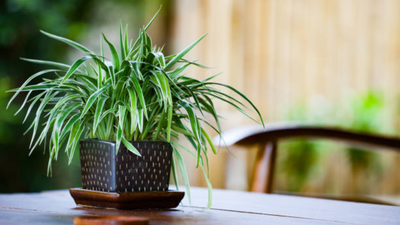
NASA's research reveals common houseplants can significantly purify indoor air, removing toxins like formaldehyde and benzene. Plants such as the Spider Plant, Snake Plant, and Peace Lily act as natural filters, improving air quality in homes. Incorporating these seven NASA-approved plants offers a beautiful, low-tech solution for fresher, healthier living spaces.
Between pollution outside and chemicals from furniture, paints, and cleaning products inside, our indoor air isn’t always as “fresh” as we’d like to believe. Add closed windows, air conditioning, and everyday dust to the mix, and you’ve got a cocktail of invisible nasties floating around your home.
That’s where NASA’s air-purifying plants come in.Yes, NASA. The space agency famous for rockets and Mars rovers actually conducted a Clean Air Study to see which plants could help astronauts breathe easier in sealed spacecraft. The results? Some of our favorite houseplants are not just pretty, they’re mini natural air filters that can help remove toxins like formaldehyde, benzene, and xylene from indoor air.So if you’re craving cleaner, fresher air at home (and maybe a touch of green therapy for your soul), these seven NASA-approved air-purifying plants are your new best friends.
1. Spider plant (Chlorophytum comosum)
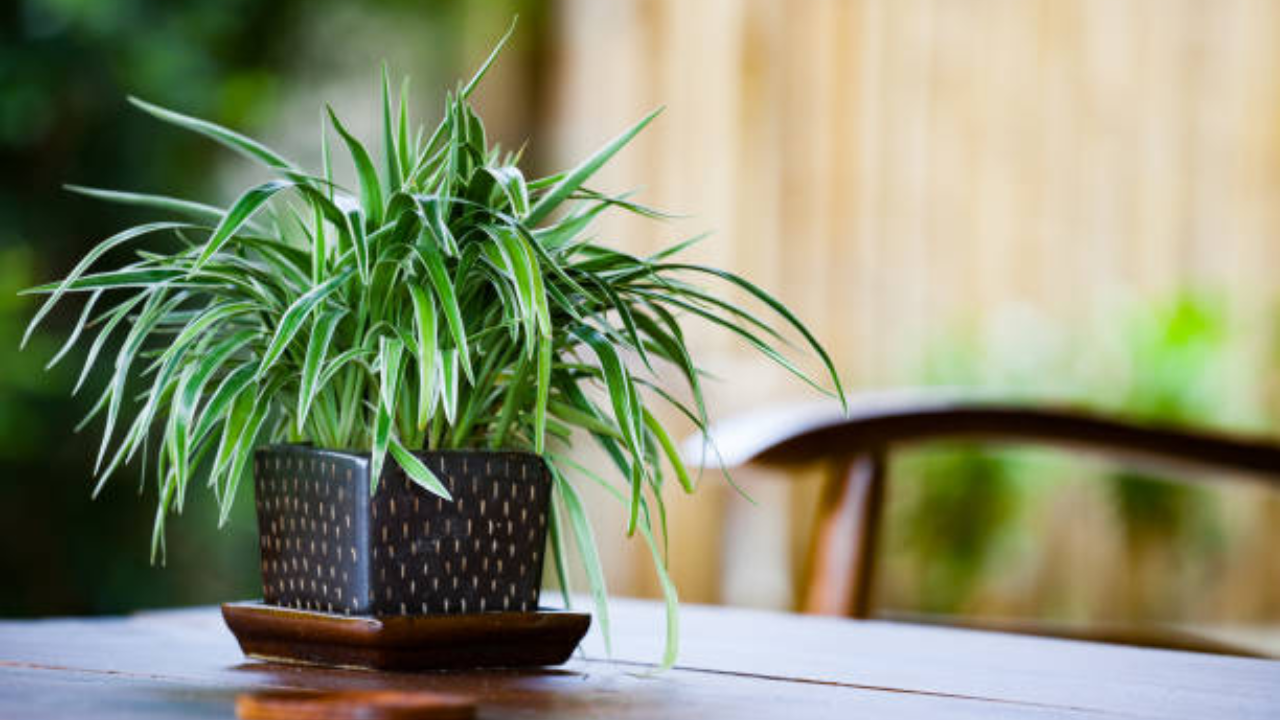
Removes: Formaldehyde, xylene, tolueneIf you’ve ever thought you don’t have a “green thumb,” start with a Spider Plant. It’s practically unkillable. This cheerful, stripy-leafed plant thrives in low to medium light, tolerates neglect, and even bounces back if you forget to water it for a week or two.NASA’s research found the Spider Plant incredibly effective at removing formaldehyde (a common indoor pollutant from carpets, adhesives, and furniture) and xylene and toluene, which are often released from paints and cleaning agents.
Spider Plants also send out “babies”—tiny offshoots that dangle from the main plant like little green spiders on strings. They look amazing in hanging baskets or perched on a shelf where their long, arching leaves can spill over the sides.If you’ve got pets, good news: Spider Plants are non-toxic to cats and dogs, so they’re as safe as they are beautiful.
2. Snake plant (Sansevieria trifasciata, also called Mother-in-law’s Tongue)
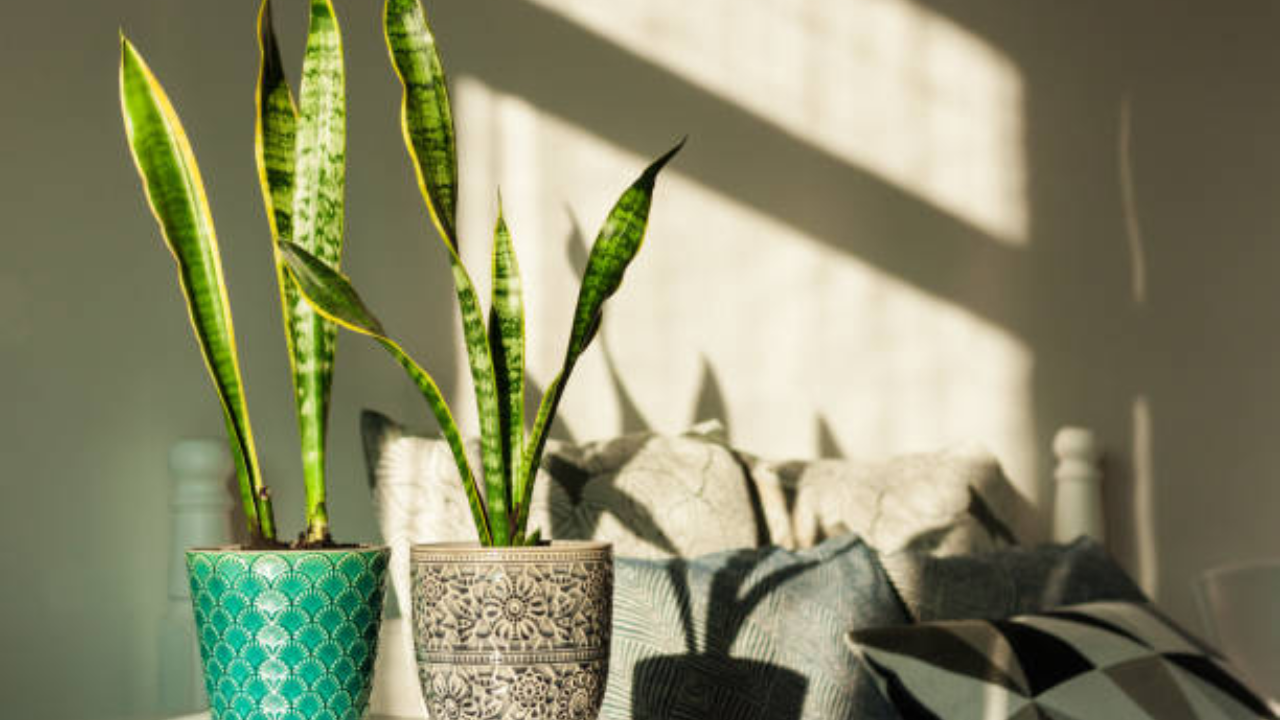
Removes: Formaldehyde, benzene, xylene, nitrogen oxidesThe Snake Plant is another NASA-approved champion that practically thrives on neglect.
With tall, sword-shaped leaves that look sleek and modern, this plant fits perfectly in minimalist or urban interiors.It’s particularly effective at filtering formaldehyde and benzene, two common indoor toxins found in everyday household products. Place a few around your home or office, and you’ll have a low-maintenance air-cleansing machine that also looks stunning.
3. Peace Lily (Spathiphyllum)

Removes: Formaldehyde, benzene, trichloroethylene, ammoniaFew houseplants have the elegant charm of the Peace Lily. Those glossy green leaves and crisp white blooms can brighten any dull corner.
But beyond its beauty, this plant is a serious air-purifying powerhouse.According to NASA, the Peace Lily removes formaldehyde, benzene, trichloroethylene, and ammonia—all common in household cleaning products and synthetic materials. It’s like a natural detox agent for your indoor environment.Peace Lilies also boost humidity, making them great for dry rooms or anyone prone to allergies or dry skin. Keep it in indirect light, water once a week, and you’ll enjoy cleaner air plus a touch of tropical elegance.A quick note for pet owners: Peace Lilies are toxic to cats and dogs, so keep them out of reach if you have curious pets at home.
4. Aloe Vera (Aloe barbadensis)

Removes: Formaldehyde, benzeneYou’ve probably used Aloe Vera gel for burns or skincare, but did you know the Aloe Vera plant also doubles as an air purifier? This spiky succulent is small but mighty, absorbing formaldehyde and benzene, two pollutants released from paints and household cleaners.Aloe Vera is perfect for sunny spots like kitchen windowsills, where it can bask in the light while quietly improving your indoor air quality. Plus, it’s practically a first-aid kit in a pot—just snap off a leaf and use the soothing gel inside for burns, cuts, or insect bites.With its sculptural look and low-maintenance nature, Aloe Vera is one of the most useful home plants you can grow.
5. English Ivy (Hedera helix)
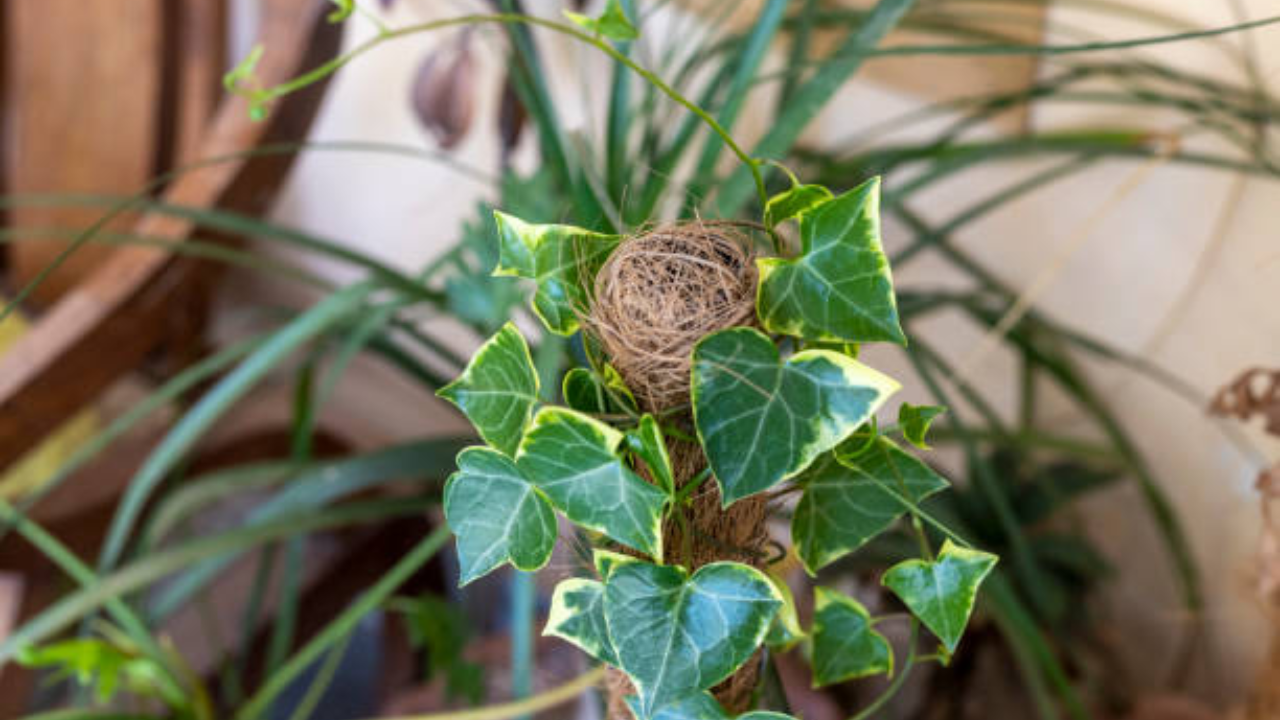
Removes: Benzene, formaldehyde, xylene, airborne moldMeet English Ivy, the charming climber that does more than just look good trailing from shelves or hanging baskets.
NASA’s study showed it’s especially effective at reducing airborne mold and fecal particles. If you’ve got allergies or respiratory sensitivities, English Ivy might be a real game-changer.It also filters benzene, formaldehyde, and xylene, common indoor air pollutants. The key to happy Ivy is cool temperatures, indirect sunlight, and slightly moist soil.It’s a great choice for bathrooms or kitchens, where humidity levels tend to be higher.
Bonus: it grows fast and can be trained to climb or drape gracefully, giving your home that cozy, storybook vibe.
6. Areca Palm (Dypsis lutescens or Chrysalidocarpus lutescens)
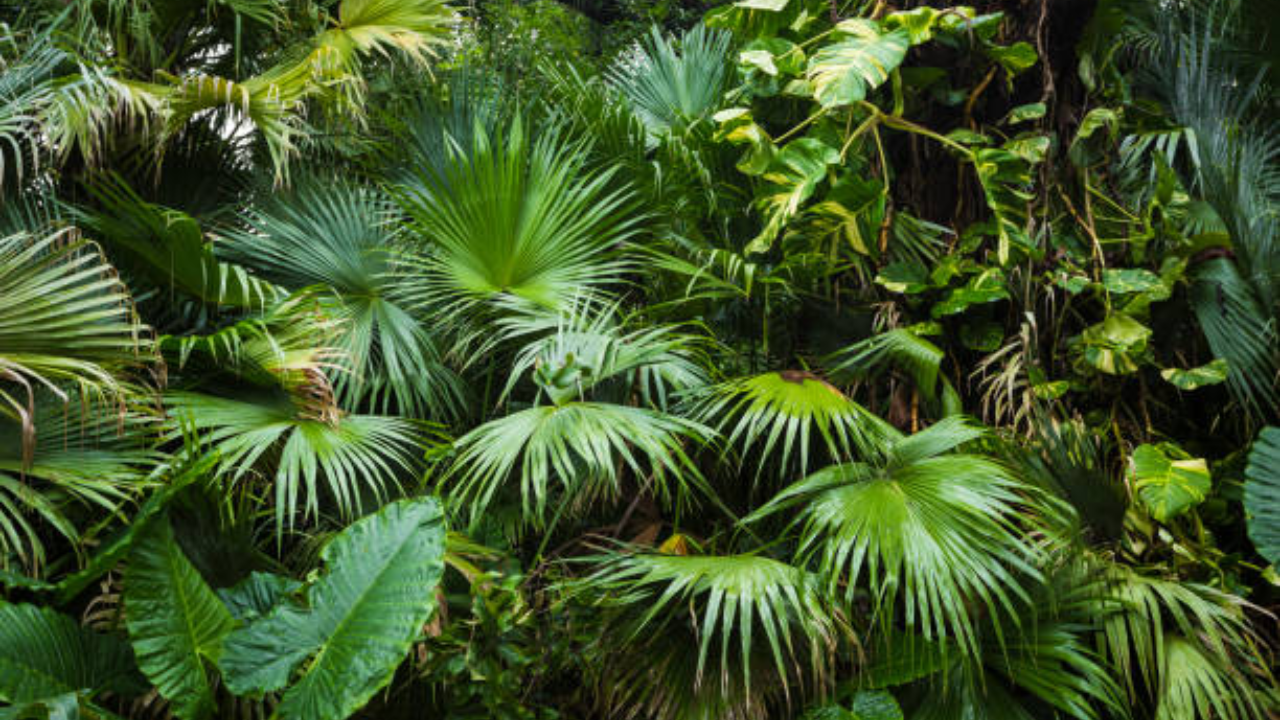
Removes: Formaldehyde, xylene, tolueneIf you want a plant that makes a statement and purifies your air, the Areca Palm (also called the Butterfly Palm) is the one. With its feathery, arching fronds, it brings tropical resort energy right into your living room.NASA found that Areca Palm filters out formaldehyde, xylene, and toluene, three toxins often released from furniture varnishes and paints.
On top of that, it’s a natural humidifier—perfect for dry homes or air-conditioned offices.Place it in bright, indirect light, water regularly, and mist occasionally for best results. This is one of the best indoor palms for clean air and adds lush volume to any space.
7. Boston Fern (Nephrolepis exaltata)
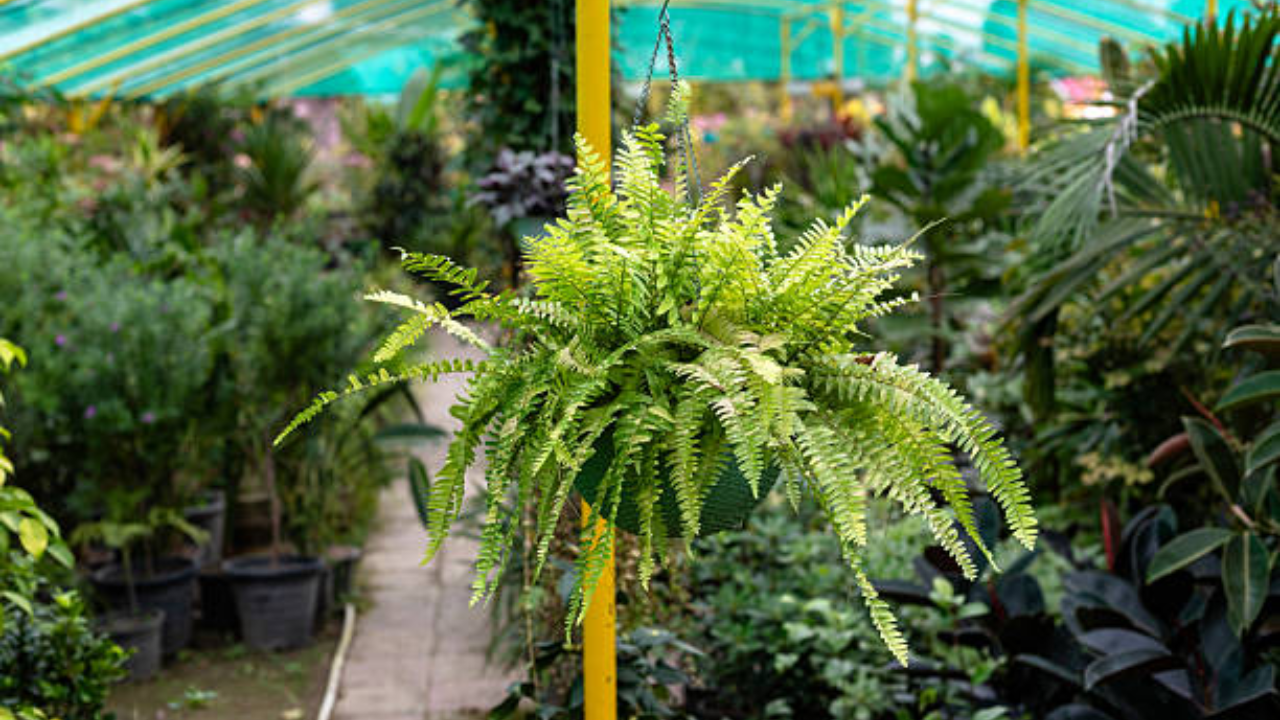
Removes: Formaldehyde, xylene, tolueneLast but not least, the Boston Fern, a classic houseplant with gorgeous, arching fronds that make any space feel instantly fresh.
It’s known to be one of NASA’s top picks for removing formaldehyde and xylene from indoor air.Boston Ferns also love humidity, making them ideal for bathrooms, kitchens, or any space where the air tends to be a bit dry. They do appreciate a bit of attention—keep the soil moist and give them an occasional misting, and they’ll reward you with vibrant, lush greenery year-round.Not only do they look beautiful, but they also create a natural air-purifying canopy in your home.
The NASA air purification study: What you should know
NASA’s original Clean Air Study was designed to find ways to clean the air inside space stations, closed environments where air circulation is limited. Researchers discovered that certain plants could absorb toxins through their leaves, stems, and roots, with soil microbes playing a big role in breaking down harmful chemicals.Their key finding? Having just one large air-purifying plant per 100 square feet of indoor space can significantly improve air quality.Adding these plants to your home or workspace helps create a natural, low-tech filtration system that’s also relaxing, beautiful, and mood-boosting.Disclaimer: The information in this article is based on NASA’s Clean Air Study and general plant research. It’s meant for educational purposes only and should not replace professional indoor air quality or medical advice. Always consult experts for specific health, allergy, or environmental concerns before making changes.

 7 hours ago
7
7 hours ago
7








 English (US) ·
English (US) ·